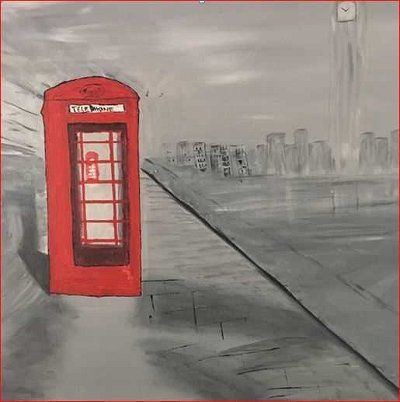5. What region of Slovenia gave its name to a type of landscape formed when limestone bedrock is dissolved in running water to form underground caves and sinkholes?
From Quiz Slovenia, Land of Diversity
Answer:
Karst Plateau
The Karst Plateau is found in the coastal part of Slovenia, although a portion extends north into Italy. It is considered the typical example of a karst landscape, formed when water dissolves the underlying bedrock, which may be limestone as in the Karst, or dolomite, or some other soluble mineral. The landscape and its method of formation were first clearly identified by Jovan Cvijić at the end of the 19th century, following studies in the Karst Plateau. Karst landscape typically includes sinkholes (pits caused by the surface collapsing into a hollow formed when the rock underneath it has dissolved, exposing the groundwater below as a pool), which are also called cenotes, dolines and sinks. Many karst landscapes also have underground caves. The Skocjan Caves, a UNESCO-listed site, have been a tourist attraction since at least 1819, when the first visitors' book was established. They were famed well before that, being marked on maps of the area dating from several centuries BCE. They follow the course of the Reka River as it runs underground for 34 km (20 mi) between the village of Skocjan and Monfalcone, where it becomes known as the Timavo River, and flows into Italy. The river canyon is surrounded by caves, including one of the largest in the world, Martel's Chamber.
 Slovenia and a host of Slavic nations arose out of the Yugoslavian federation that dissolved in the 1990s. Modern Slovenia enjoys a high standard of living, beautiful scenery and its own identity in a cosmopolitan European community. Let's explore.
Slovenia and a host of Slavic nations arose out of the Yugoslavian federation that dissolved in the 1990s. Modern Slovenia enjoys a high standard of living, beautiful scenery and its own identity in a cosmopolitan European community. Let's explore. 




 Top 10% Rated Quiz,
Top 10% Rated Quiz,
 Top 20% Rated Quiz,
Top 20% Rated Quiz,
 A Well Rated Quiz
A Well Rated Quiz